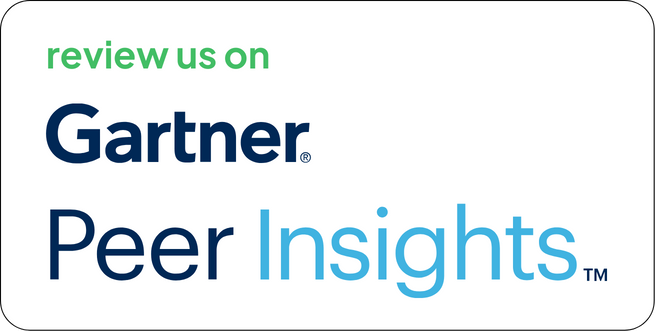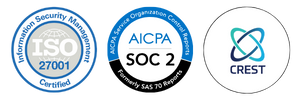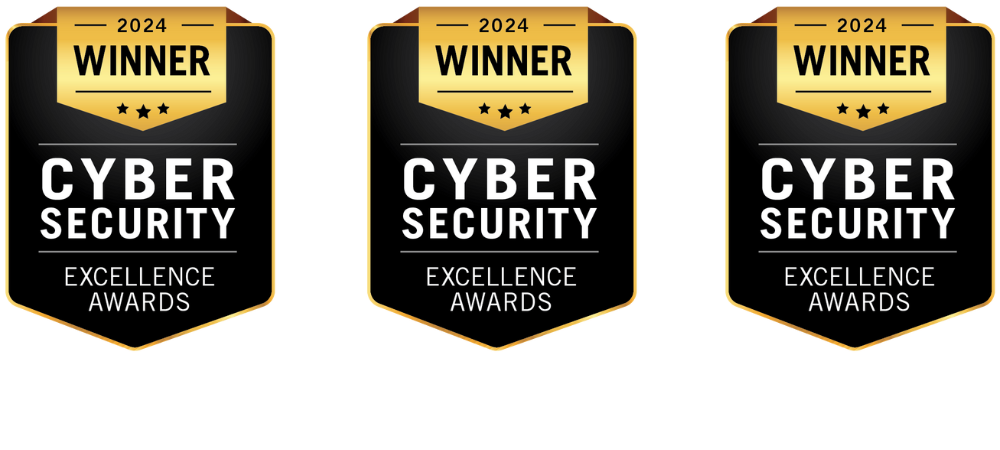While modern development workflows increasingly favor Git-based systems, a large number of enterprises, especially those with legacy or highly regulated environments, still use Subversion (SVN) for source control.
SVN remains prevalent in industries like aerospace, manufacturing, and embedded software, where traceability and centralized version control are essential.
However, integrating security into SVN pipelines has historically been an afterthought. Without automation, code audits often occur in isolation, if at all. The result: exposure-prone code reaches production unnoticed.
This is where the Strobes integration with SVN plays a vital role. It transforms SVN into a scan-enabled repository, allowing teams to conduct structured, consistent static code and secrets scanning, trigger remediation workflows, and centralize visibility across all version-controlled assets.
Let’s walk through how this integration works, what it enables, and why it’s important for modern security programs.
What Is SVN?
Apache Subversion is a centralized version control system known for its stable performance and robust access control. Unlike distributed systems like Git, SVN’s model is based on a central repository, which makes it well-suited for monolithic codebases, strict governance models, and structured release processes.
Key Capabilities of SVN
- Centralized architecture with role-based permissions
- Proven support for large binary assets
- Full revision history tracking
- Integration with on-prem and air-gapped environments
- Mature tooling for auditing and traceability
However, SVN lacks native integration with modern DevSecOps tools and code security automation platforms, which limits its utility in proactive vulnerability management workflows.
What is Strobes?
Strobes is a Continuous Threat Exposure Management (CTEM) platform designed to unify detection, correlation, prioritization, and remediation of vulnerabilities across applications, infrastructure, and cloud environments. Its key features include:
- Native integrations with SAST, DAST, SCA, and secrets scanning tools
- Ingestion of findings from tools like CodeQL, Gitleaks, SonarQube, and others
- Context-aware risk scoring based on asset sensitivity and exploitability
- Ticket automation and SLA tracking across issue trackers (Jira, Azure Boards, etc.)
- Unified dashboards tailored to technical and executive stakeholders
The SVN integration is purpose-built to bring legacy version control workflows into modern vulnerability management programs.
Purpose of the Integration
SVN repositories still contain production-grade application code, infrastructure-as-code files, and third-party dependencies. Yet, without a consistent scanning pipeline, teams miss early indicators of exposure.
The SVN-Strobes integration exists to:
- Continuously scan SVN repositories for code-level risks
- Trigger automated static analysis (SAST) and secret scanning workflows
- Enrich vulnerabilities with contextual risk data
- Convert findings into assignable, trackable tickets
- Enable reporting across SVN-managed projects
This ensures SVN-hosted assets are treated with the same rigor as Git-managed codebases, without requiring fundamental changes to how development teams operate.
How the Integration Works?
1. Connecting SVN to Strobes
Strobes allows users to connect one or multiple SVN repositories through the Credential Manager module.
The supported authentication methods include:
- Username + Password (HTTPS-based)
- SSH Key authentication (for secure internal deployments)
Once connected, users can specify repository paths (e.g., /trunk, /branches/release) to target for scanning. Scheduled or on-demand repository fetches retrieve the latest version of the codebase.
2. Running Code Scans Automatically
Upon repository fetch, Strobes triggers predefined scans depending on the configuration:
- SAST: Scanning for insecure functions, unvalidated inputs, and coding flaws
- Secrets Scanning: Using tools like Gitleaks to detect API keys, access tokens, hardcoded passwords, etc.
- Custom Rules: Regex-based scanning for proprietary risk patterns (e.g., credentials in .env files)
Scan configurations can be fine-tuned by file type, directory exclusions, or scan frequency. Findings are normalized and enriched with metadata such as asset ownership, severity, and historical trend data.
3. Deduplication and Risk Contextualization
SVN repositories, especially large monolithic ones, often contain redundant or repeated issues. Strobes performs:
- Deduplication across branches and commits
- Correlation with previous findings to avoid re-reporting resolved issues
- Threat intelligence matching (e.g., known exploits for detected vulnerabilities)
- Asset sensitivity scoring (e.g., public vs. internal system)
This reduces noise and gives teams a prioritized view of what needs immediate attention.
4. Automating Remediation
Security findings from SVN scans are routed into Strobes’ workflow engine, which supports:
- Auto-ticket creation in systems like Jira or Azure Boards
- Assignment rules based on file path, severity, or team
- SLA configuration for timely resolution
- Re-scan validation to confirm fixes
- Notifications via Slack, Teams, or email
This removes manual triage and ensures every critical finding is traceable from discovery to closure.
5. Dashboards and Reporting
Strobes consolidates all SVN-related findings in unified views alongside data from GitHub, Bitbucket, and other repositories. Users get access to:
- Project-wise vulnerability summaries
- Source-based filters (SVN vs. Git-based issues)
- Risk trend analytics
- SLA compliance metrics
- Compliance dashboards mapped to frameworks like ISO 27001 and SOC 2
This allows security teams, auditors, and engineering managers to track code risk in legacy repositories without manual reporting.
Why This Integration Matters?
1. Scans Code That Other Platforms Ignore
Most modern security tools assume Git integration. SVN is often skipped, creating blind spots in exposure management. This integration closes that gap.
2. Preserves Existing Workflows
Developers don’t need to change how they commit or tag. The scans run parallel to the existing SVN pipeline.
3. Scales Across Teams
Supports multi-repo, multi-project setups with role-based visibility for engineering, DevSecOps, and AppSec stakeholders.
4. Brings Legacy Code into Modern Security Programs
If your team uses SVN for critical systems (e.g., internal tools, configuration scripts), those assets now get the same level of scanning and automation as modern cloud apps.
Conclusion
SVN repositories don’t have to be exempt from modern security practices. The Strobes SVN integration ensures consistent scanning, contextual prioritization, and automated remediation for legacy codebases.
Whether you’re maintaining monolithic systems or supporting regulated development workflows, this integration adds control and visibility where it’s traditionally been lacking.
Interested in enabling security scans on SVN without re-architecting your pipeline?
👉 [Request a Demo]
Let us help you bring full-stack security hygiene to your version control strategy without exclusions.





